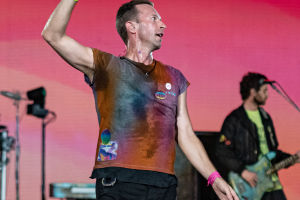Viaducts are supported by highly supported towers or pillars and are generally bridges that span deep ravines as well as crossroads in urban bridges.
After urban development, traffic congestion, dense buildings, and difficulty to widen the streets, the use of such bridges can evacuate traffic density and improve transportation efficiency.
In addition, in the city between the highway or railroad, to avoid other lines plane crossings, save land, and reduce roadbed subsidence, can also use this kind of bridge.
This bridge due to building restrictions and line requirements is generally a more curved bridge and slope bridge.
Elevated bridge pier height is higher, generally, with reinforced concrete row frames or single-column, double-column type reinforced concrete piers.
Urban elevated line bridge design requirements, in addition to the same as the general bridge, shall pay attention to the selection of the minimum building height, to reduce the length of the bridge and the length of the approach road.
The pier should be designed to be light and coordinated with the surrounding environment.
The pier location and foundation type shall cooperate with the city currency underground pipeline arrangement, as far as possible to reduce the workload of demolition and relocation.
Bridge safety facilities should be taken seriously, the bridge deck pavement shall be designed in any season and the wheels should have good friction resistance, on both sides of the carriageway to set up a reliable protection device to prevent vehicles from crossing the boundary impact caused by accidents.
Bridge lighting shall not obstruct the neighboring residents, and noise and pollution levels should be reduced to a minimum.
Bridge drainage shall be led to the city sewer, and can not be allowed to naturally splash down the collection.
Urban elevated line bridge pier arrangement and form of a good ring, directly affect the traffic and aesthetic, often choose the column, pile, rigid frames, and thin-walled pier.
The pillar pier hinge is thick, generally set up as a single-column pier, and its cross-section has a rectangular, round, oval, or angular polygon.
The Pile pier is slender, and with multiple parallels, the top of the pile with lintel beam connection to form a rigid frame pier. The piles can be straight or inclined, and the lintels can be exposed or concealed within the superstructure for aesthetic reasons.
The thin-walled piers are wide (in the cross-bridge direction) and small in thickness; their exterior elevation can be rectangular, trapezoidal, or bifurcated upward to support the superstructure.
In short, the design and construction of the viaduct have very strict signs, after the construction is completed, not only can greatly enhance the convenience of vehicle travel but also become a beautiful scenery of the city.


